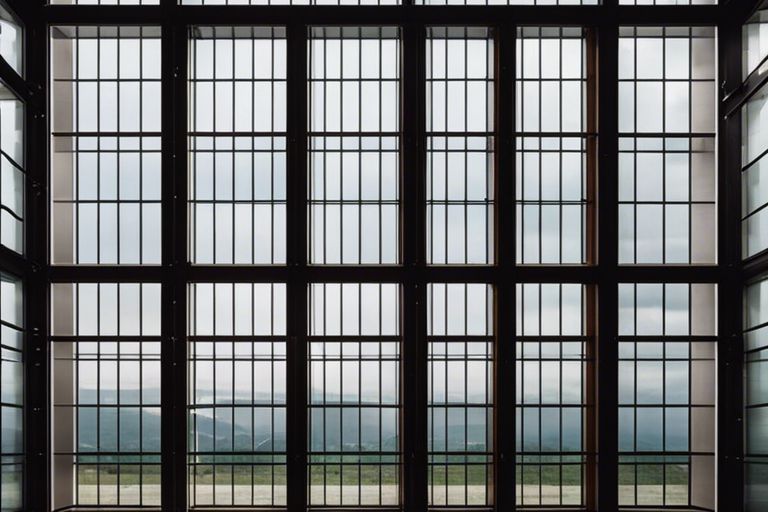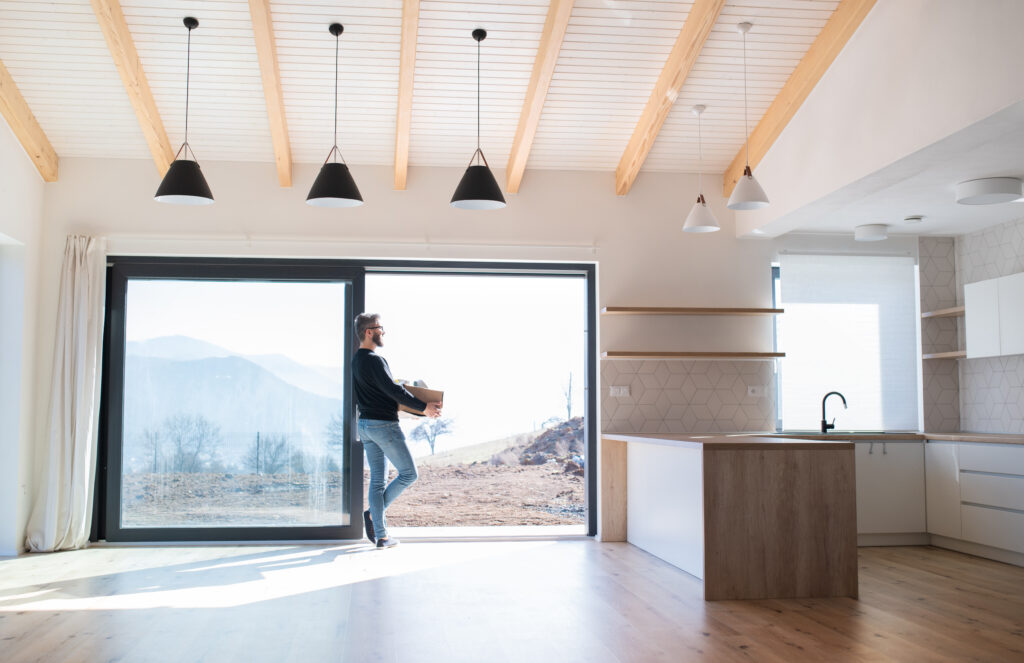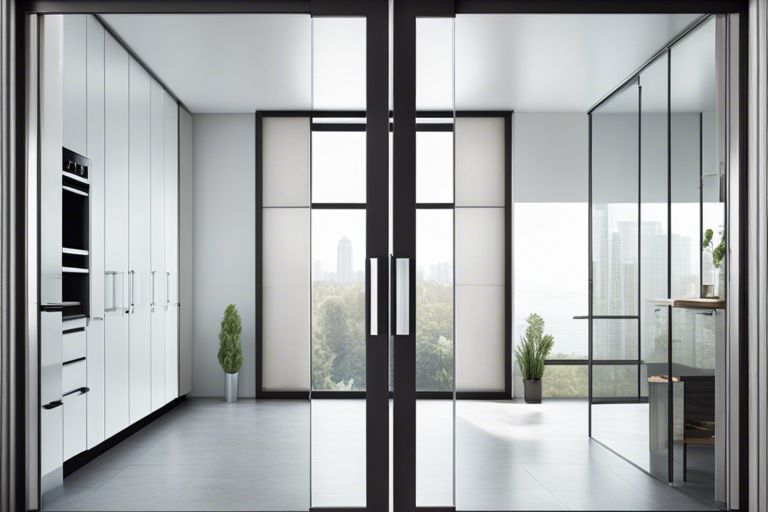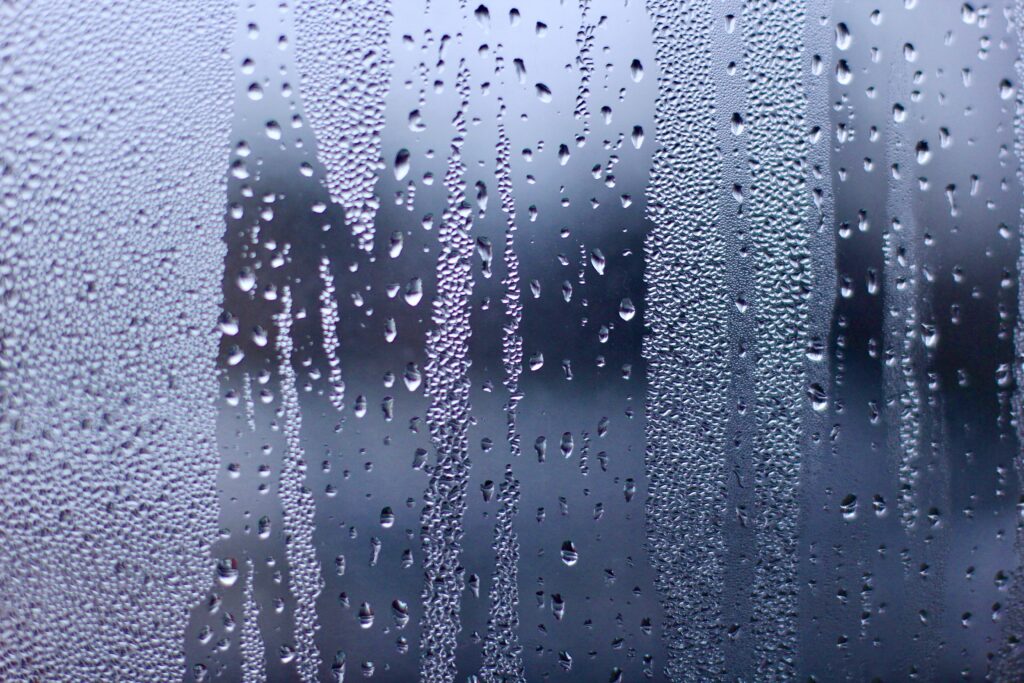In bridge construction, curtain walls serve a crucial function in enhancing the structural integrity and safety of the bridge. These walls act as protective barriers, shielding the inner structure of the bridge from environmental elements such as wind, rain, and debris. Moreover, curtain walls contribute to the aesthetic appeal of the bridge, providing a sleek and modern appearance. However, it is essential to note that improper installation or maintenance of these walls can lead to structural instability and pose a serious risk to the safety of both the bridge and its users. Engineers and construction professionals must carefully design and implement curtain walls to ensure they fulfil their function effectively and efficiently in bridge construction projects.
Key Takeaways:
- Protection: Curtain walls provide protection from elements such as wind, rain, and snow, helping to maintain the integrity of the bridge structure.
- Enhanced Aesthetics: They can be designed with various materials and finishes to enhance the visual appeal of the bridge, making it more attractive to the public.
- Structural Support: Curtain walls can also provide structural support to the bridge, helping to distribute loads and improve overall stability.

Fundamentals of Curtain Wall Design
Definition and Purpose
A curtain wall in bridge construction refers to a non-structural outer covering that is hung off a building’s framework, providing a barrier against weather conditions and enhancing the overall aesthetics of the structure. The primary purpose of a curtain wall is to protect the building from wind, rain, and temperature fluctuations, while also allowing natural light to enter the interior spaces.
Curtain walls play a crucial role in the overall thermal performance and energy efficiency of a bridge. By acting as a secondary skin, they help in reducing air infiltration and maintaining the internal temperature of the building, thus contributing to cost savings and environmental sustainability.
Types of Curtain Walls in Bridge Construction
There are several types of curtain walls used in bridge construction, including unitised curtain walls, stick-built curtain walls, and structural glazing systems. Each type offers unique advantages in terms of installation, cost, and design flexibility, catering to different project requirements and architectural preferences.
Unitised curtain walls are prefabricated in controlled factory conditions, offering quicker installation on-site and higher quality control. On the other hand, stick-built curtain walls are assembled piece by piece on-site, allowing for greater adaptability to complex bridge geometries and easier replacement of damaged components. Recognizing the specific needs of a project is essential in determining the most suitable type of curtain wall to use.
| Unitised Curtain Walls | Stick-Built Curtain Walls |
| Pre-fabricated in factory conditions | Assembled on-site piece by piece |
| Quicker installation | Allows greater adaptability |
| Higher quality control | Easier replacement of damaged components |
| Cost-effective for large projects | Suitable for complex geometries |
Engineering Considerations for Curtain Walls
When it comes to the engineering of curtain walls in bridge construction, several crucial considerations must be taken into account to ensure the structural integrity, safety, and longevity of the bridge. Two key aspects that engineers focus on are structural requirements and material selection and sustainability.
Structural Requirements
Structural requirements for curtain walls in bridges are of paramount importance. These walls need to withstand various loads such as wind, seismic forces, and the weight of the structure itself. Engineers carefully analyse the forces acting on the curtain walls to determine the most suitable design and materials to ensure the overall stability and safety of the bridge.
In addition to load-bearing capabilities, structural requirements also consider factors such as foundation conditions, potential impacts from traffic or external sources, and the overall aesthetic appeal of the curtain walls. It is crucial for engineers to balance functionality with visual appeal to create a durable and visually pleasing bridge structure.
Material Selection and Sustainability
Another vital aspect in the engineering of curtain walls is the selection of materials and ensuring sustainability in bridge construction. Engineers must choose materials that are not only strong and durable but also environmentally friendly and cost-effective in the long term. The use of sustainable materials can help reduce the bridge’s carbon footprint and contribute to a greener infrastructure development.
Engineers often opt for materials such as aluminium, glass, or steel for curtain walls due to their strength, durability, and aesthetic appeal. These materials can be recycled, reducing the environmental impact of construction projects. Additionally, using sustainable materials aligns with the growing emphasis on green practices in the construction industry, ensuring that bridges are not only structurally sound but also environmentally responsible.

Installation and Maintenance of Curtain Walls
When it comes to the installation and maintenance of curtain walls on bridges, several crucial factors need to be considered to ensure the structural integrity and longevity of the infrastructure. The curtain walls not only play a pivotal role in enhancing the aesthetics of the bridge but also serve as a protective barrier against environmental elements.
Construction Techniques for Curtain Walls on Bridges
Construction of curtain walls on bridges requires advanced engineering techniques to ensure they can withstand the dynamic loads experienced by the structure. Installation methods such as pre-fabrication off-site followed by on-site assembly help streamline the process while maintaining precision and quality. Additionally, the materials used must be carefully selected to withstand the harsh outdoor conditions and ensure durability and weather-resistance.
Long-Term Maintenance and Safety Considerations
Long-term maintenance of curtain walls on bridges is essential to preserve their functionality and appearance. Regular inspections are needed to identify any signs of wear, corrosion, or structural damage that could compromise the integrity and safety of the curtain walls. Proper cleaning and maintenance routines are also crucial to prevent build-up of dirt or debris that could accelerate deterioration.
Furthermore, safety considerations must be prioritised when conducting maintenance work on curtain walls of bridges. Adequate safety measures and equipment should be in place to ensure the well-being of the maintenance personnel working at heights. Training and compliance with health and safety regulations are imperative to mitigate risks and maintain a secure working environment.

Technological Advancements
Technological advancements play a crucial role in the construction of modern bridge structures. From materials to design concepts, innovations continue to push the boundaries of what is possible in bridge engineering.
Innovations in Curtain Wall Systems
Advancements in curtain wall systems have revolutionised the way bridges are constructed. These systems now offer improved structural integrity and energy efficiency while enhancing the overall aesthetics of the bridge. The use of advanced materials such as carbon fibre has significantly increased the strength-to-weight ratio, allowing for lighter and more durable curtain walls.
The integration of smart technologies in curtain wall systems is another notable innovation. These technologies enable real-time monitoring of environmental conditions, structural performance, and even self-repair capabilities. Such advancements enhance the durability and sustainability of bridge structures, ensuring they can withstand various challenges over their lifespan.
Future Trends in Bridge Aesthetics and Functionality
Future trends in bridge construction are focused on achieving a harmonious balance between aesthetics and functionality. Sustainable design principles are becoming increasingly important, with an emphasis on using eco-friendly materials and incorporating green spaces into bridge structures. This not only enhances the visual appeal of bridges but also promotes environmental sustainability.
Virtual reality and augmented reality technologies are anticipated to play a significant role in the future of bridge design. These tools will allow engineers and architects to visualise and simulate bridge projects more effectively, leading to more innovative and efficient designs. The combination of technology and creativity is set to redefine the possibilities in bridge aesthetics and functionality.
Final Thoughts
As we conclude our exploration into the function of curtain walls in bridge construction, it is evident that these structures play a crucial role in enhancing both the aesthetic appeal and structural integrity of modern bridges. The careful design and implementation of curtain walls contribute not only to the visual impact of bridges but also to their overall safety and longevity.
Summary of Key Points
Curtain walls are non-structural elements often used in bridge construction to provide an extra layer of protection against environmental factors.
They can also serve as a design feature, adding elegance and modernity to bridge structures while improving their resistance to corrosion and other forms of damage.
The Future of Curtain Walls in Bridge Construction
Looking ahead, the future of curtain walls in bridge construction is promising. With advancements in materials and technology, we can expect to see even more innovative uses of curtain walls to enhance both the functionality and aesthetics of bridges.
The integration of smart technologies and sustainable materials into curtain wall design will not only improve the performance of bridges but also align them with the growing emphasis on eco-friendly infrastructure.
In the coming years, research and development in the field of curtain walls will continue to push the boundaries of what is possible, creating opportunities for new design possibilities and enhanced performance in bridge construction.
FAQ
Q: What is the function of curtain walls in bridge construction?
A: Curtain walls in bridge construction serve as a protective barrier that shields the internal structure of the bridge from environmental factors such as wind, rain, and debris. They also enhance the aesthetics of the bridge, providing a sleek and modern appearance.
Q: Are curtain walls an essential component of bridge design?
A: Yes, curtain walls are an essential component of bridge design as they play a vital role in protecting the structural integrity of the bridge. Without curtain walls, the bridge’s internal components would be exposed to harsh weather conditions, leading to potential corrosion and damage.
Q: How are curtain walls constructed in bridge construction?
A: Curtain walls in bridge construction are typically constructed using materials such as glass, metal, or stone, which are attached to the outer frame of the bridge. These materials are carefully designed and installed to provide durability, weather resistance, and visual appeal to the bridge structure.






